“This bridge will triumphantly typify the trail-blazing strategy…” so said Pennsylvania Governor John S. Fine in 1954 about the soon to be constructed Hawk Falls Bridge, finishing with “that took the Pennsylvania Turnpike System across streams of great width and turbulence…and through the rocky cores of mighty mountains.”
Author: PHMC (Page 1 of 2)
Pennsylvania Historical and Museum Commission is the official history agency of the Commonwealth of Pennsylvania.
The Pennsylvania Historical & Museum Commission (PHMC) is temporarily pausing its Historical Marker Program.
Continue readingThe Pennsylvania Historical & Museum Commission is making some changes in its state historical marker program.
After a holistic review of the Pennsylvania Historical Marker program, PHMC staff have been working on changes that will improve customer service for users of this popular program, bring the new marker policy and evaluation process into the program cycle, and implement PHMC’s DEIA goals.
Continue readingThe Pennsylvania Historical Marker program has been in existence for more than 100 years. There are currently over 2,500 historical markers in the Pennsylvania Historical & Museum Commission’s (PHMC) inventory. Over 125 of the markers in that inventory are bronze plaques installed by the Pennsylvania Historical Commission (PHC), PHMC’s predecessor, between 1913 and 1933.
Continue readingUPDATE: Due to public health measures to limit the spread of COVID-19, effective March 30, 2020, we are no longer accepting mailed submissions.
Any previously mailed submissions should be resubmitted through PA-SHARE. Please use the process outlined for sending submissions below.
Continue readingHISTORIC PRESERVATION SPECIALIST, Pennsylvania SHPO
THE POSITION
Are you interested in joining a pro-active and dedicated team of preservationists, historians, and archaeologists? If you have the experience and training to be a Historic Preservation Specialist, we have the job for you!
DESCRIPTION OF WORK
The Pennsylvania State Historic Preservation Office (PA SHPO) is seeking a Historic Preservation Specialist to work between disciplines and advance SHPO priorities. This position is ideal for a detail oriented and flexible preservation professional with a knowledge of state historic preservation programs.
Responsibilities include assisting the PA SHPO launch a new data management system called PA-SHARE; manage PA-SHARE’s queue of incoming submissions; complete determinations of eligibility for the National Register; provide customer service to PA-SHARE users; and ensure data accuracy.
Read the complete position description for more information.
REQUIRED EXPERIENCE, TRAINING & ELIGIBILITY
Two or more years of
experience working on an architectural survey, an architectural restoration and
preservation project or program, and a bachelor’s degree in architectural
history, American history, art history or course work in Pennsylvania history;
or
Any equivalent combination of experience and training.
PREFERRED
QUALIFICATION:
Meet the Secretary of the Interior’s Professional Qualification Standards,
published in the Code of Federal Regulations, 36 CFR Part 61.
APPLY BY OCTOBER 4, 2019 to https://www.governmentjobs.com/careers/pabureau/jobs/2575304/historic-preservation-specialist?keywords=historice&pagetype=jobOpportunitiesJobs
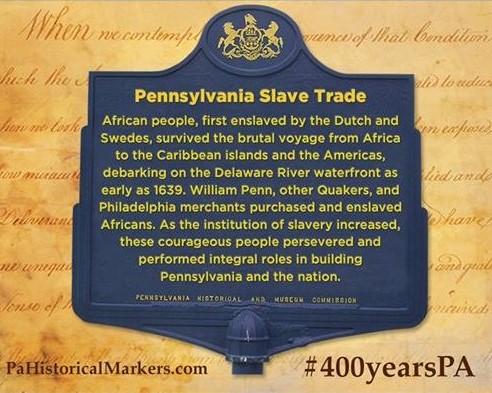
400 Years of African American History
It’s been 400 years since the documented arrival of African people in America. In August 1619 the first enslaved Africans were brought to the English colonies at Point Comfort, Virginia. To recognize the contributions and commemorate the resilience of African Americans, the Pennsylvania Historical & Museum Commission (PHMC) will be sharing highlights from the Pennsylvania Historical Markers dedicated to African Americans and the contributions they’ve made to Pennsylvania’s rich and diverse heritage.
Continue readingBefore we talk about the newest additions to the National Register in Pennsylvania, let’s try a little National Register trivia:
Question 1:
Is something listed IN the National Register of Historic Places, or ON the National Register of Historic Places?
If you answered “in,” you are correct (at least according to the National Park Service.) I like to remember it like this: the original National Register was an actual book – so you were listed IN the register. Unfortunately google has failed to show me a photo of that original book to share with you.
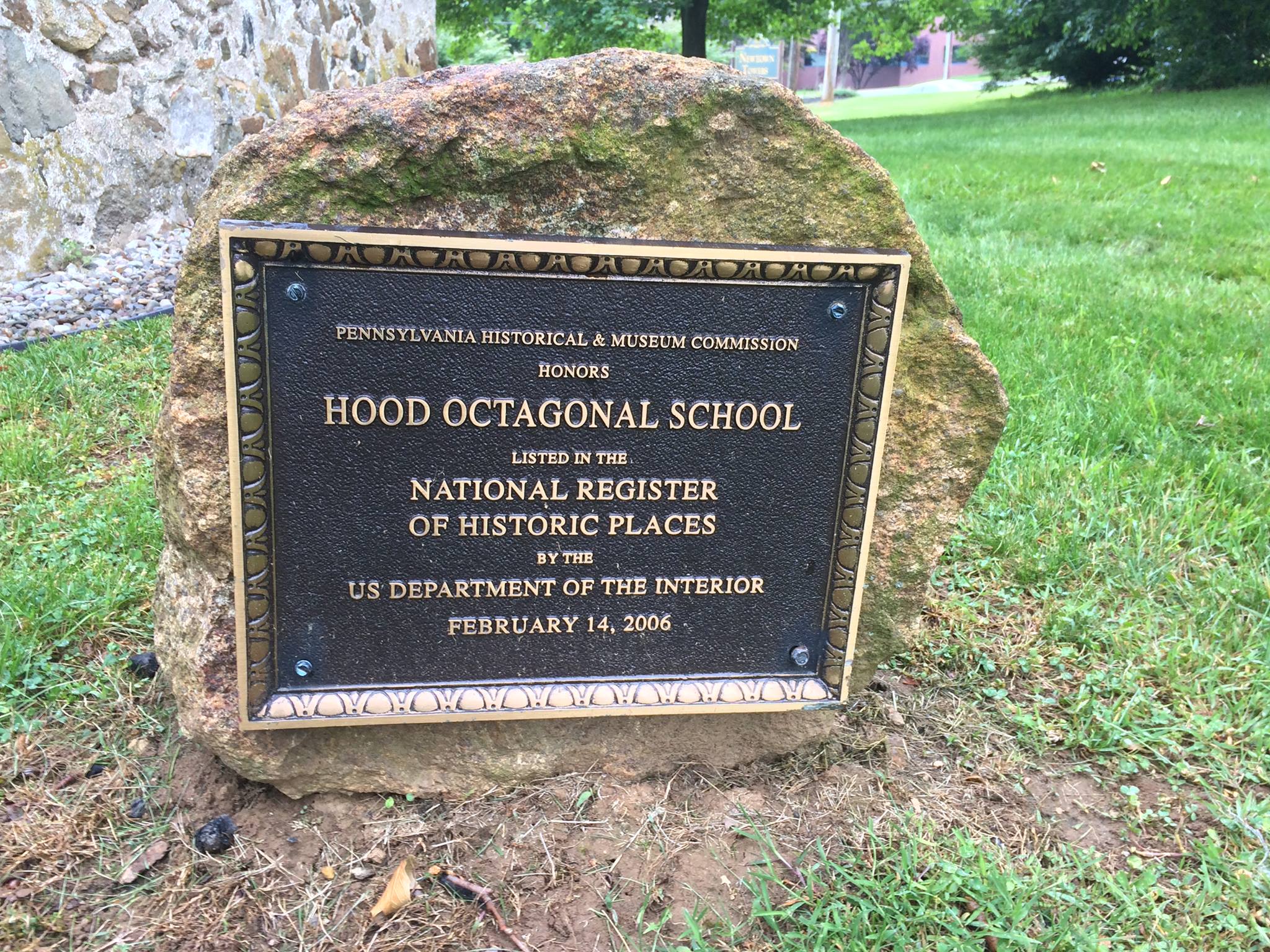
The Hood Octagonal School is located in Newtown Square, Delaware County. Photo from the Newtown Square Historical Society Facebook page @ https://www.facebook.com/pages/Hood-Octagonal-School/105623426138515.
Question 2:
How many criteria do you have to meet to be listed in the Register?
Just one!
Remember, there are 4 criteria:
- A: That are associated with events that have made a significant contribution to the broad patterns of our history; or
- B: That are associated with the lives of significant persons in our past; or
- C: That embody the distinctive characteristics of a type, period, or method of construction, or that represent the work of a master, or that possess high artistic values, or that represent a significant and distinguishable entity whose components may lack individual distinction; or
- D: That have yielded or may be likely to yield, information important in history or prehistory.
BUT, a property only has to meet ONE of them to be potentially listed in the Register. Interestingly, in Pennsylvania the most common criterion is C (architecture), followed by A (significant events).
Question 3:
One more! How many properties are listed in the National Register in Pennsylvania?
An excellent question! The answer is a specifically vague “there are just over 3,200 NR listed resources.” However, that number does not account for the large number of properties that contribute to historic districts! Because so many of the district nominations are old, dating to the beginning of the NR process, there is not a complete inventory available for every district in the Commonwealth. So, the actual number of listed properties is significantly higher than 3,200!
Now on to our new listings…
Since our last Just Listed blog post in June, Pennsylvania has added 2 objects (the Mason Dixon West Line Milestone Markers 76 and 77), and eight buildings to the list.
You will notice something unusual about the Mason Dixon Markers on the list below – it says Maryland! Well, because the markers denote the boundary between our two states, the Maryland SHPO originally approved the nomination, and then shared it with the PA SHPO for approval by our Historic Preservation Board. These Markers came with some of the best letters of support we’ve ever received – hand drawn pictures of the stones by some future historic preservationists.
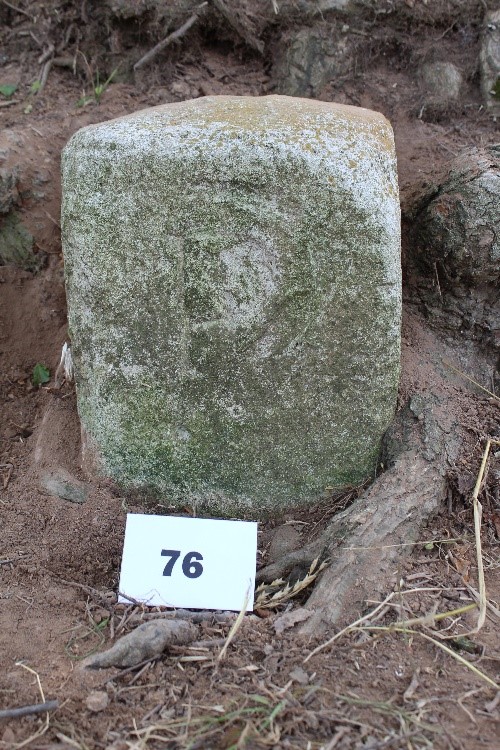
Mason and Dixon Marker Number 76.
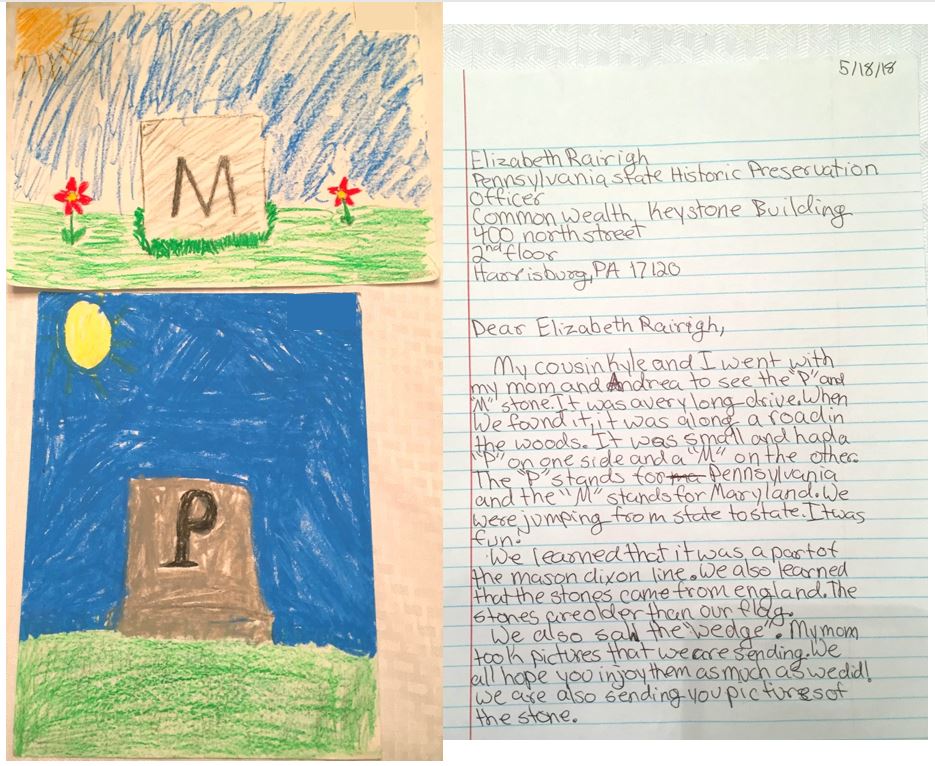
This nomination even had support from some future preservationists!
We have also had a Multiple Property Documentation Form (MPDF) approved for Public Schools in Philadelphia, Pennsylvania, 1938-ca.1980, which you may remember from a previous blog post. This will allow us to more easily list many more public school buildings in Philly, since the context has now been developed and finalized. If you’d like to read the documentation, you can find it on the City of Philadelphia’s website – here!
When we submit an MPDF to the Park Service for approval, we are required to submit a nomination along with it to test the application of the proposed registration requirements. This time we sent two! Joining the recently listed properties in PA are the Charles Carroll Public School, 2700 E Auburn Street, and the M. Hall Stanton Public School, at 2539 N. 16th Street.
The Carroll School is significant under Criterion A for education. It is an example of Philadelphia school reform and design, particularly during the “Urban Crisis Era” from c.1965 – 1980. The Charles Carroll Public School was not listed in the National Register of Historic Places in the 1980s under the original “Philadelphia Public Schools Thematic Resources” due to the presence of the 1970 addition, which was seen at the time as negatively impacting the school’s integrity. The newly completed MPDF now provides a context in which to evaluate and list a school such as this, with a significant unique and local story to tell.
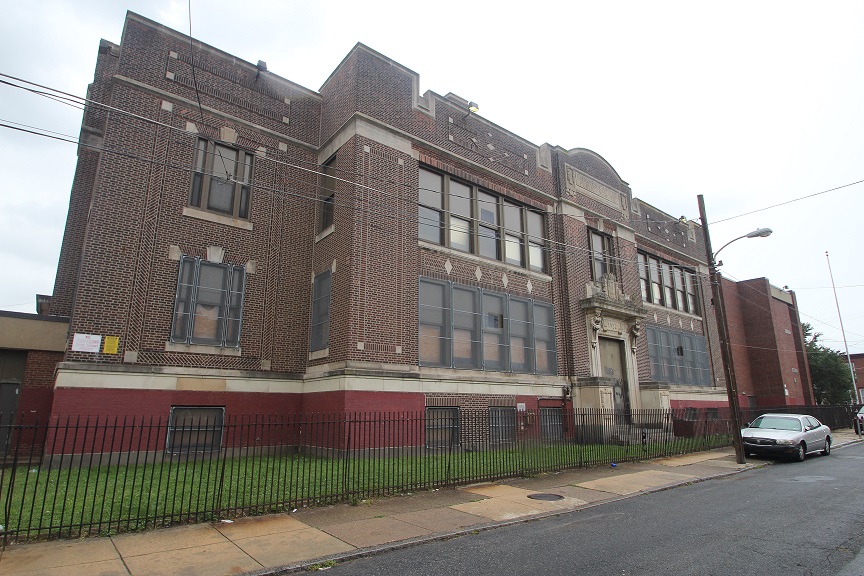
The 1920s Charles Carroll Public School, Philadelphia, in 2017. Photograph by Robert Powers from the Charles Carroll High School National Register Nomination.
The M. Hall Stanton Public School, also listed under Criterion A, has a period of significance from the completion of construction to 1968, when the community was lobbying for school reform and inclusion within the Model Cities program.
If you have a property you’d love to see listed in the National Register – tell us about it!! Take a photo and post it to Instagram with the #preservationhappenshere hashtag, and tell us in the caption why you think the property is eligible. We’d love to see more buildings listed in Pennsylvania and record more of stories about the Commonwealth’s built environment!
Here are all the properties listed in the last 6 months:
MARYLAND, FREDERICK COUNTY,
Mason and Dixon West Line Milestone Markers 76 and 77,
716 Mason Dixon Rd.,
Harney vicinity, SG100002789,
LISTED, 8/21/2018
PENNSYLVANIA, NORTHAMPTON COUNTY,
Martin, C.F. & Company.,
10 W North & 201 N Main Sts.,
Nazareth, SG100002837,
LISTED, 9/4/2018
PENNSYLVANIA, YORK COUNTY,
Whiteford, Hugh and Elizabeth Ross, House,
306 Broad St.,
Delta, SG100002988,
LISTED, 9/21/2018
Public Schools in Philadelphia, Pennsylvania, 1938-ca.1980 MPS,
MC100002985,
COVER DOCUMENTATION APPROVED, 9/25/2018
PENNSYLVANIA, PHILADELPHIA COUNTY,
Carroll, Charles, Public School,
2700 E Auburn St.,
Philadelphia, MP100002986,
LISTED, 9/25/2018
(Public Schools in Philadelphia, Pennsylvania, 1938-ca.1980 MPS)
PENNSYLVANIA, PHILADELPHIA COUNTY,
Stanton, M. Hall, Public School,
2539 N 16th St.,
Philadelphia, MP100002987,
LISTED, 9/25/2018
(Public Schools in Philadelphia, Pennsylvania, 1938-ca.1980 MPS)
PENNSYLVANIA, CHESTER COUNTY,
Ivy Cottage,
225 W. Lincoln Hwy.,
Exton vicinity, 84003961,
LISTED, 11/9/2018
(West Whiteland Township MRA)
PENNSYLVANIA, ALLEGHENY COUNTY,
Ford Motor Company Assembly Plant,
5000 Baum Blvd.,
Pittsburgh, SG100003134,
LISTED, 11/20/2018
PENNSYLVANIA, PHILADELPHIA COUNTY,
Crown Can Company Building,
956 E Erie Ave.,
Philadelphia, SG100003136,
LISTED, 11/20/2018
PENNSYLVANIA, PHILADELPHIA COUNTY,
Strawbridge and Clothier Department Store Warehouse,
901 Poplar St.,
Philadelphia, SG100003137,
LISTED, 11/20/2018
PA SHPO Special Announcement: We’re Hiring an Archaeologist!

THE POSITION
Are you an experienced professional North American archaeologist interested in using your knowledge and previous experience to serve the public sector? Are you interested in making a difference in the protection and management of Pennsylvania’s Archaeological Resources? Do you want to be on the forefront of pro-active historic preservation? The Pennsylvania State Historic Preservation Office (PA SHPO), is seeking a project review archaeologist to be a subject matter expert who assists state and federal agencies in balancing the needs and demands of their agency missions with the protection of our archaeological heritage. We are looking for an individual with relevant experience and excellent communication skills.
DESCRIPTION OF WORK
This professional position within the Pennsylvania State Historic Preservation Office (PA SHPO), a bureau of the Pennsylvania Historical and Museum Commission (PHMC), is responsible for the identification, evaluation, and preservation of historic and prehistoric archaeological resources in the development of state and/or federal projects as well as state/federal assisted projects. The position requires a combination of education and experience to meet the criteria under the Secretary of the Interior’s Standards for either Historic Archaeologist or Prehistoric Archaeologist to assist with advancing PA SHPO priorities.
As an Historic Preservation Specialist, your responsibilities will include reviewing federal and state projects and federal or state assisted projects for their effects on archaeological resources; evaluating site significance using National Register criteria; conducting surveys of archaeological resources; working with our office’s data management team and coordinating with other internal and outside parties to bring projects to successful and positive outcomes. The project review archaeologist will be expected to provide technical assistance to a variety of groups across the Commonwealth, including state and federal agencies, municipalities, public officials and the interested and concerned public.
Read the complete position description for more information.
REQUIRED EXPERIENCE, TRAINING & ELIGIBILITY
Two or more years of experience working on an architectural survey, an architectural restoration and preservation project or program, and a bachelor’s degree in architectural history, American history, art history, or course work in Pennsylvania history; or
Any equivalent combination of experience and training.
Preferred experience: meet the Secretary of the Interior’s Professional Qualification Standards, published in the Code of Federal Regulations, 36 CFR Part 61.
Apply by 12/21/18, 11:59 PM EST
For more information and to apply, visit www.governmentjobs.com/careers/pabureau/jobs/2281299/historic-preservation-specialist-project-review-archaeologist?keywords=historic&pagetype=jobOpportunitiesJobs

Protecting against Future Floods: Floodproofing Workshops in PA
During the week of August 13th, The Pennsylvania Silver Jackets hosted floodproofing workshops in York, Lewisburg, and Wellsboro, and the State Historic Preservation Office had a representative (me) there to answer questions from public officials and members of the public.
Now I’m sure you have a lot of questions. What are Silver Jackets? Why was PA SHPO there? What are Flood Proofing Workshops? These are all excellent questions; let’s address them one at a time and look at some example of real-life flood proofing projects and their effects on historic resources.
Pennsylvania Silver Jackets
To quote the Silver Jackets website, the “Pennsylvania Silver Jackets is an interagency team dedicated to working collaboratively with the commonwealth and appropriate stakeholders in developing and implementing solutions to flood hazards by combining available agency resources, which include funding, programs, and technical expertise.”

Silver Jackets – multiple agencies, one solution!
Why the name? Different agencies have specific colors they use for their jackets during emergency response (think blue FEMA jackets after Hurricane Katrina), but nobody had yet claimed silver, so it serves as a unifying color for all agencies. Every state except for Hawaii has a Silver Jackets team, and Pennsylvania’s meets quarterly in Harrisburg to plan outreach and discuss project opportunities.
Community outreach is one of the Silver Jackets’ priorities.
Flood Proofing Workshops
Each day included two workshops – one in the afternoon for public officials and one in the evening for members of the public.
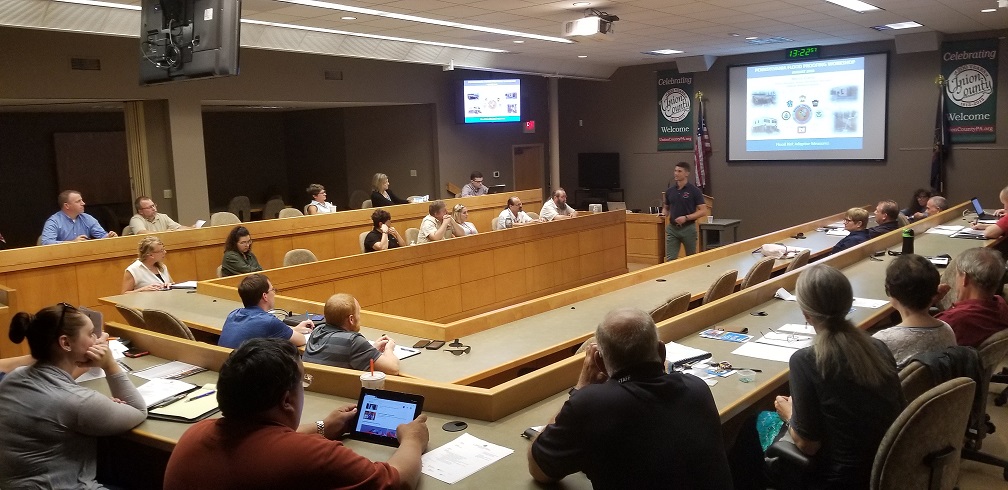
Floodproofing workshop in Lewisburg, Union County, on August 15, 2018.
In the world of emergency management, floodproofing measures are a subset of hazard mitigation and are divided into two general categories: structural and non-structural. These workshops focused on non-structural floodproofing methods. Somewhat confusingly, “non-structural” floodproofing measures include lots of projects that directly affect, alter, move, or even demolish existing structures.
Structural floodproofing includes projects that involve building something new, such as a dam or levee, while non-structural floodproofing includes projects that include no construction or alterations to existing buildings. Basically, non-structural floodproofing includes everything than an individual property owner can do to her property.
This can include planning, relocating utilities above projected flood levels, filling in a basement, elevating, or even relocating a building to remove it from flood risk.
Hufnagle Park in Lewisburg, PA
While in Lewisburg, I had some time between meetings to explore the borough (and look for something to eat.) Walking down Market Street, I passed Hufnagle Park and saw families strolling along a stream. As it turns out, this park is an example of a large hazard mitigation project to reduce flood risks by increasing open space along the stream.
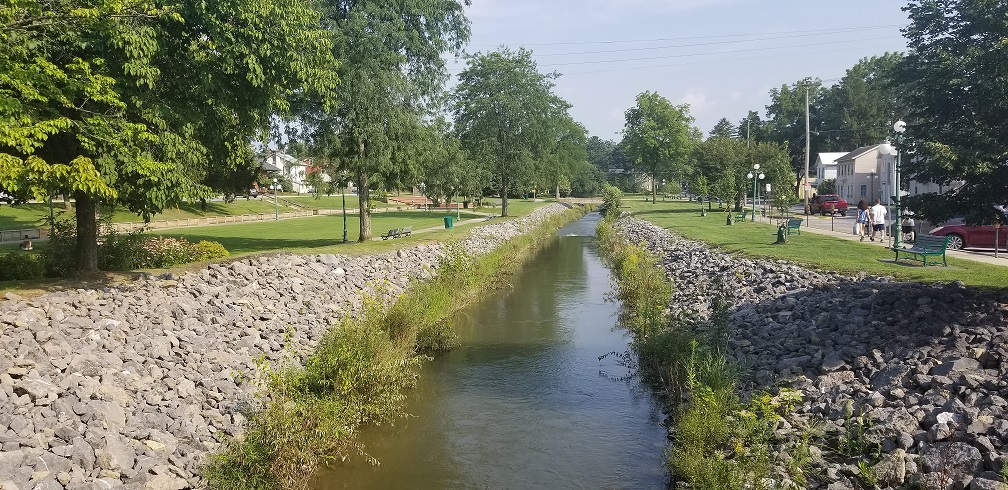
Looking southeast along Bull Run in Lewisburg, PA in August 2018.
The Borough of Lewisburg collaborated with Bucknell University in 2004 to produce The Lewisburg Neighborhood Project, a plan to address a range of concerns including student housing availability and flood hazards. One of the central projects in the plan was the Bull Run Greenway, a system of parks, trails, and green spaces along a stream that runs through the borough.
In 2012 the Borough used federal funds to purchase and demolish ten private properties on 6th Street southwest of Bull Run that were at heightened risk of repeated flooding. These buildings were within the Lewisburg Historic District, so mitigation of this project was required in the form of recordation of the to-be-demolished buildings and their immediate context. In the photo above, the demolished structures would have been visible on the right-hand side. Below are some example photos provided in the recordation package.
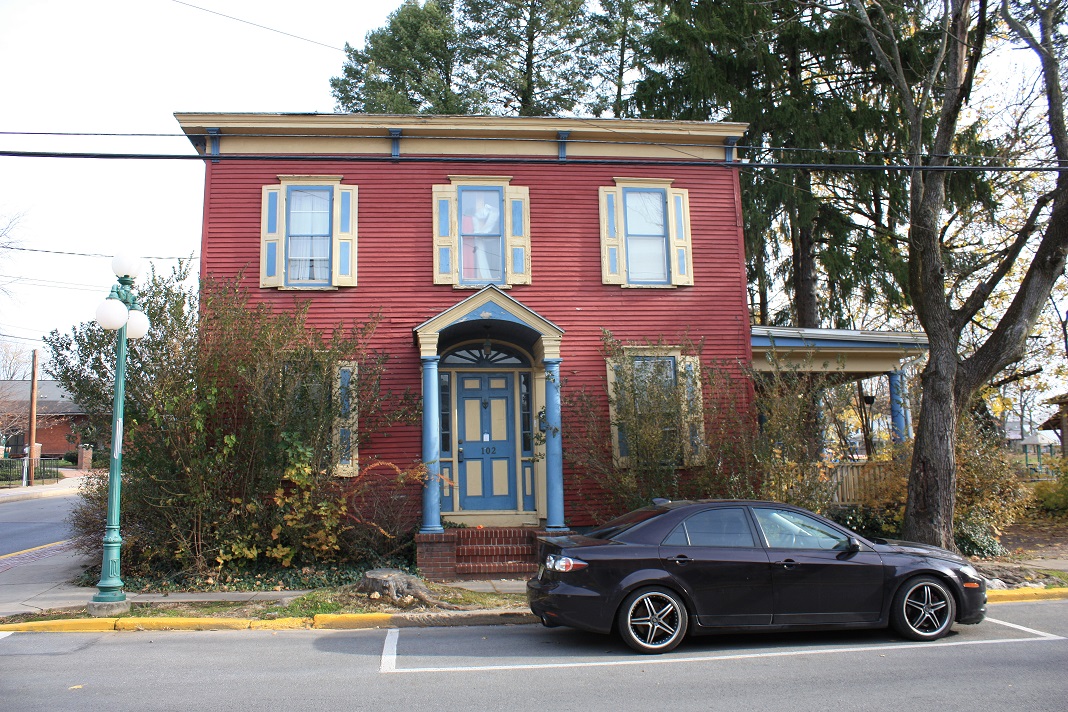
Lewisburg’s 102 South 6th Street in 2012, now demolished.
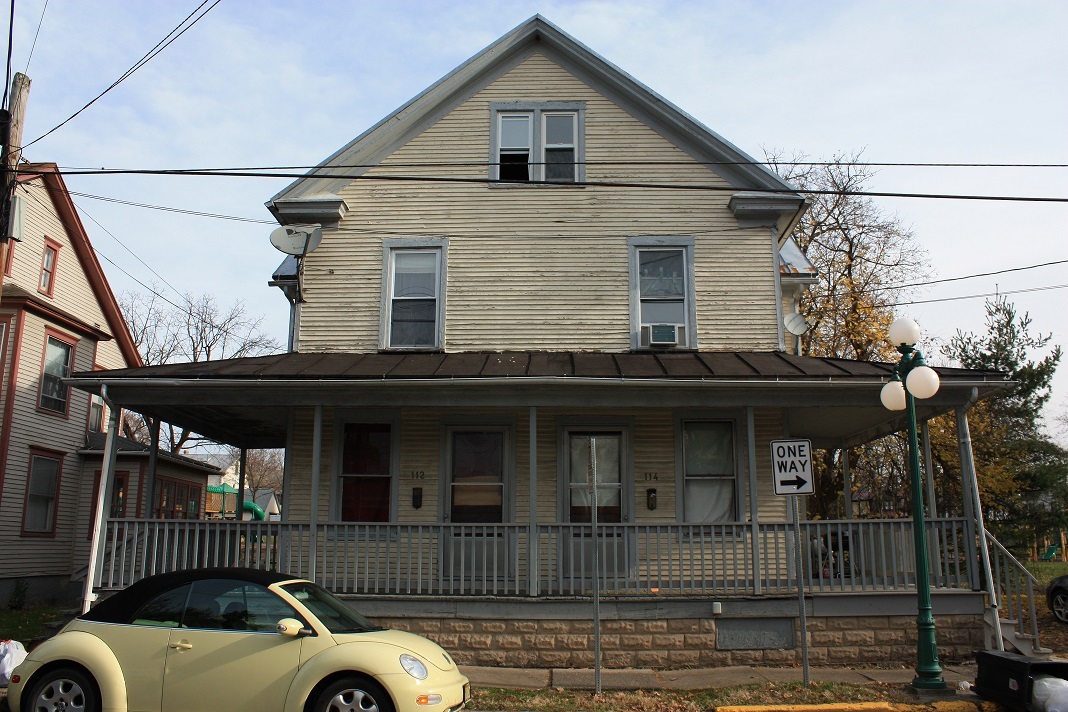
Lewisburg’s 112 & 114 South 6th Street in 2012, now demolished.
This type of project is often referred to as “demolition-acquisition”, and it is perhaps the most permanent form of hazard mitigation that FEMA funds. No funds will ever have to be spent on these properties again, and, by converting the land to permanent open space, surrounding properties could benefit as well. When a property is acquired using FEMA funds, it is required to remain open or park space in perpetuity. The next time it floods, water from Bull Run will have a little more space to flow and might not have as much of an impact on the houses across the street. Of course, ten buildings are now gone forever.
Peer State Example
There are hazard mitigation measures that can have less of a negative impact on historic buildings, but sometimes they require an extra level of creativity to balance hazard mitigation requirements with historic integrity.
As an example from outside of the commonwealth, new owners of the old Spaghetti Warehouse building in Houston, Texas are embarking on major rehabilitation project. The building is a contributing resource in the Main Street Market Square Historic District, but it backs up to Buffalo Bayou and was damaged by Hurricane Harvey.
As shown in the rendering below, the project would actually open the building up to water; in future floods, the bayou will be able to flow right through the back and side wall. The only fully enclosed and condition space will be on the second floor, and even that will be set back from the two newly opened walls.
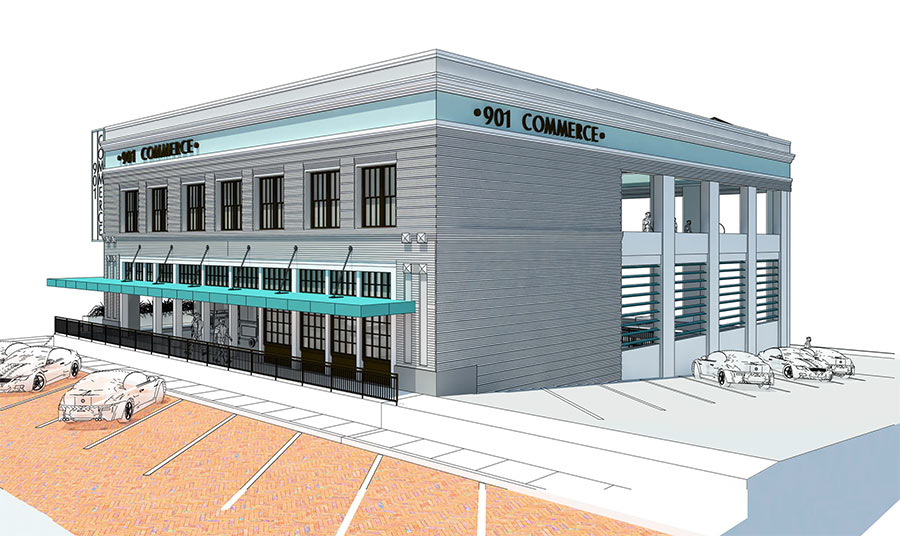
Rendering of proposed changes to 901 Commerce; Houston Planning and Development.
Despite these changes, the owner intends to make full use of 901 Commerce with a bar on the second floor and market space on the first floor and basement. Food trucks will even be able to pull directly into the basement. This is, of course, a pretty extensive alteration to this building, but it might provide a thoughtful alternative for how to live with water without losing our built heritage.
And that brings us back to three days of workshops in central Pennsylvania. Bull Run flooded in 2011 in Lewisburg, and Houston is still recovering from Hurricane Harvey, so flooding remains front of mind.
Flooding is not a constant problem in most of our communities, but it is a continuous one. In times between disasters (what emergency managers refer to as “blue sky”), it’s easy to fall into familiar practices and forget to prepare for future flooding.
These three workshops happened to coincide with weeks of record rainfall in central PA, but even if they hadn’t, they were intended to remind people who the risk of flooding is not going away. Whether you own a home that might be damaged, or work for an agency or local community, there are things you can do to help safeguard against the next flood, and there are people and agencies available to answer questions and provide assistance.
John Gardosik is the Hurricane Sandy Recover Project Manager at the Pennsylvania State Historic Preservation Office. Though new to Pennsylvania, he is married to a Lancaster native and is enjoying getting to know the Commonwealth.

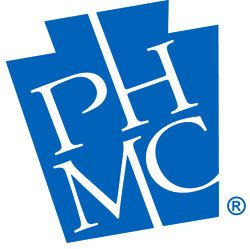
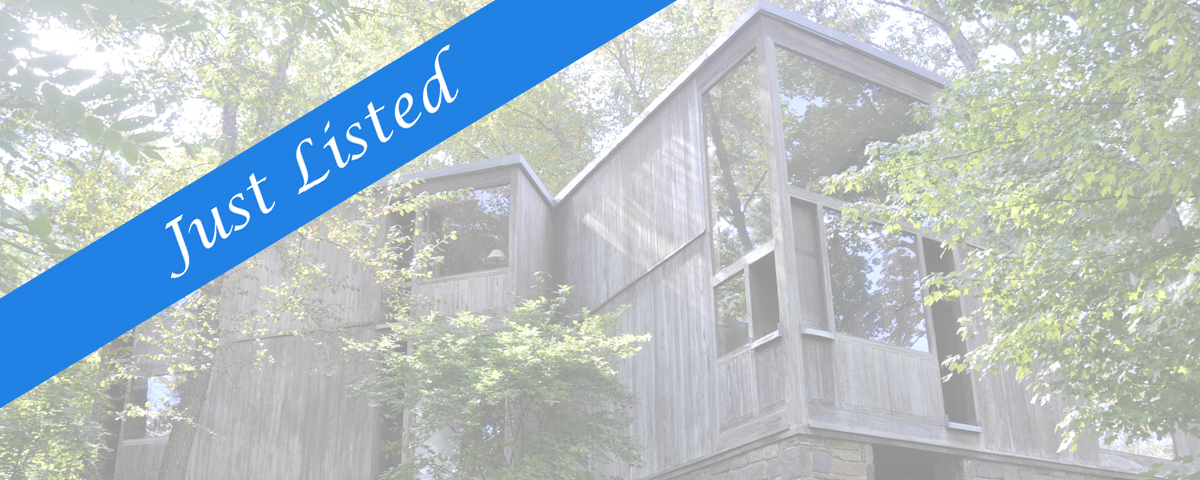
Recent Comments